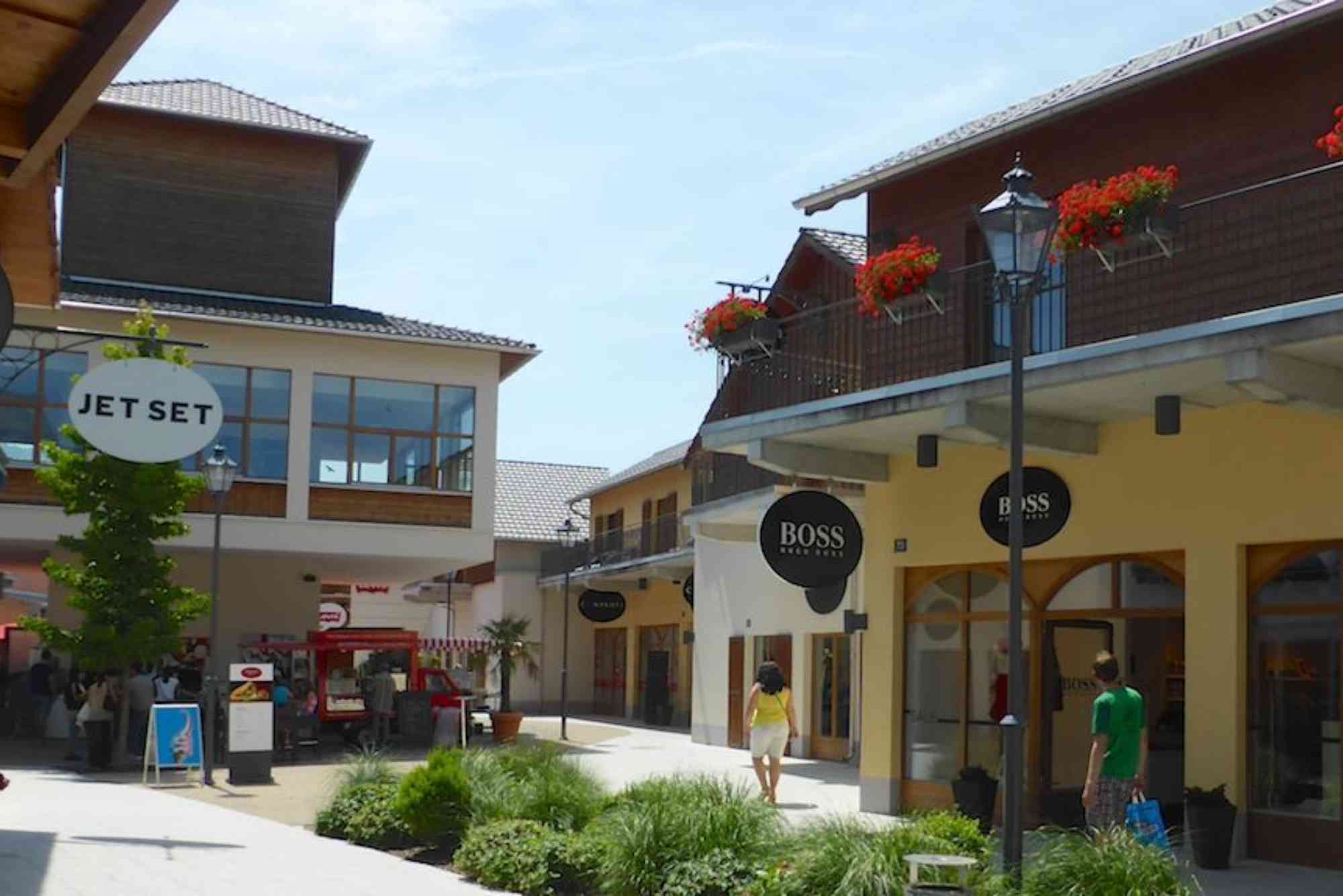Introduction
Many Chinese restaurants use red decor and lanterns because red symbolizes luck, happiness, and prosperity in Chinese culture. Lanterns enhance ambiance, create a festive feel, and honor centuries-old traditions associated with celebration and family gatherings.
Have you ever stepped into a Chinese restaurant and immediately noticed the warm glow of red lanterns and the vibrant red walls? This iconic ambiance is no accident. It reflects deep-rooted cultural traditions that are still celebrated and respected across the globe. Red, being a dominant color in Chinese culture, isn’t just used for aesthetic appeal—it carries spiritual and symbolic significance that shapes the entire dining experience.
In this blog, we’ll dive into why many Chinese restaurants use red decor and lanterns, explore cultural traditions, provide detailed insight into Chinese symbolism, and answer FAQs that often arise when customers explore Chinese eateries. Whether you’re a food lover, a culture enthusiast, or an SEO content researcher, this guide is your go-to resource.
Cultural Symbolism Behind the Color Red in Chinese Restaurants
In Chinese culture, red is more than just a color—it’s a symbol of power, luck, and happiness. This symbolism dates back to ancient times and remains a staple in both homes and public spaces. Here’s why red dominates Chinese restaurant interiors:
-
Luck and Prosperity: Red is traditionally associated with good fortune and prosperity. It’s commonly seen during Chinese New Year and other festivals to attract wealth and ward off evil spirits.
-
Happiness and Celebration: Red is a color of joy. Weddings, birthdays, and major milestones are celebrated with red as a core decorative element.
-
Appetite Stimulation: Psychologically, red is known to stimulate appetite and energy, making it a preferred choice in the food industry worldwide.
So, when restaurant owners choose red decor, they’re not just sticking to a cultural script—they’re enhancing both the visual and emotional dining experience for their guests.
The Historical Significance of Chinese Lanterns in Dining Spaces
Lanterns are another prominent feature in Chinese restaurants and often hang in rows at the entrance or above each table. Their significance is both decorative and cultural:
-
Tradition and Heritage: Lanterns date back over 2,000 years and are key symbols during the Lantern Festival at the end of the Chinese New Year celebrations.
-
Festivity and Unity: Hanging lanterns reflect warmth, family unity, and harmony—values deeply embedded in Chinese society.
-
Guidance and Protection: In ancient China, lanterns were believed to guide good spirits and keep away negative energies.
Restaurants use red lanterns to recreate this feeling of festivity and unity, inviting customers into a warm and welcoming space that mirrors traditional Chinese hospitality.
Modern Restaurant Design with Traditional Chinese Influence
Today’s Chinese restaurants often merge modern dining aesthetics with traditional cultural elements like red tones and lanterns. While stainless steel counters and minimalist interiors may sneak in, the cultural essentials remain strong. Here’s how:
-
Red Accents in Modern Layouts: Even in minimalistic designs, you’ll often find red chair upholstery, red menus, or lighting that gives off a red hue.
-
Lantern-Inspired Lighting: Instead of classic paper lanterns, some restaurants use modern pendant lights designed like lanterns.
-
Fusion of Elements: Bamboo, calligraphy scrolls, dragons, and red motifs are artfully integrated with modern decor themes to retain the cultural feel without overwhelming modern diners.
These thoughtful design decisions make Chinese restaurants not just places to eat but immersive experiences.
How Chinese Restaurants Use Red Decor and Lanterns
Want to understand the decor strategy behind your favorite Chinese restaurant? Here’s how it unfolds:
Color Selection and Placement:
- Red is applied strategically—often on walls, ceilings, and table accents.
- Gold or black is added for contrast and symbolism (gold = wealth, black = elegance).
Lantern Installation:
- Lanterns are hung at varying heights, especially at entryways and near the counter.
- Some restaurants use LED-lit lanterns to combine tradition with efficiency.
Furniture Coordination:
- Tables and chairs are chosen to match the red and gold tones.
- Red cushions or red-dyed wood is commonly used.
Symbolic Wall Art:
- Murals or calligraphy in red ink often decorate the walls, featuring traditional blessings and quotes.
Festive Enhancements:
- During the Lunar New Year, restaurants amplify the red decor with extra lanterns, red envelopes, and dragon imagery.
Why Many Chinese Restaurants Have Red Decor and Lanterns
-
Red symbolizes luck, happiness, and prosperity.
-
Lanterns create a festive, welcoming atmosphere.
-
Decor enhances appetite and comfort.
-
Reflects traditional Chinese celebration customs.
-
Promotes cultural pride and ambiance consistency.
Do All Chinese Restaurants Use the Same Decor?
While red and lanterns are common, not all Chinese restaurants stick strictly to tradition. Some modern eateries might tone down these elements or use different colors and decor styles based on their regional cuisine or brand concept. However, even minimalist restaurants usually retain a hint of red to preserve that cultural connection.
If you’re curious about how Chinese restaurants differ not just in design but in their operating hours, check out our related guide: Do all Chinese restaurants close at the same time?
FAQs
Why is red such a dominant color in Chinese culture?
Red is considered the luckiest color in Chinese culture. It symbolizes happiness, wealth, and good fortune, making it a staple in homes, celebrations, and restaurants.
Are red lanterns used all year or just during festivals?
While lanterns are especially prominent during festivals like the Lunar New Year, many restaurants keep them up year-round as cultural décor.
Do all Chinese restaurants look the same globally?
No. While red and lanterns are common themes, many restaurants adapt their interiors based on location, theme, or fusion concepts.
What other elements are found in Chinese restaurant decor?
Common elements include bamboo, dragon motifs, koi fish imagery, red envelopes, calligraphy, and traditional music.
Why do some restaurants also use gold with red?
Gold symbolizes wealth and success. Paired with red, it enhances the visual symbolism of prosperity and happiness.
The red decor and lanterns in Chinese restaurants aren’t just visual choices—they’re deeply tied to centuries of cultural meaning, tradition, and psychology. These elements honor ancient beliefs while creating an inviting dining experience that feels both festive and authentic. So next time you step into a Chinese restaurant, take a moment to appreciate how color and light are used to tell a timeless story.
For more cultural insights and engaging content on restaurants, design, and tradition, visit Hatch My Ride.




